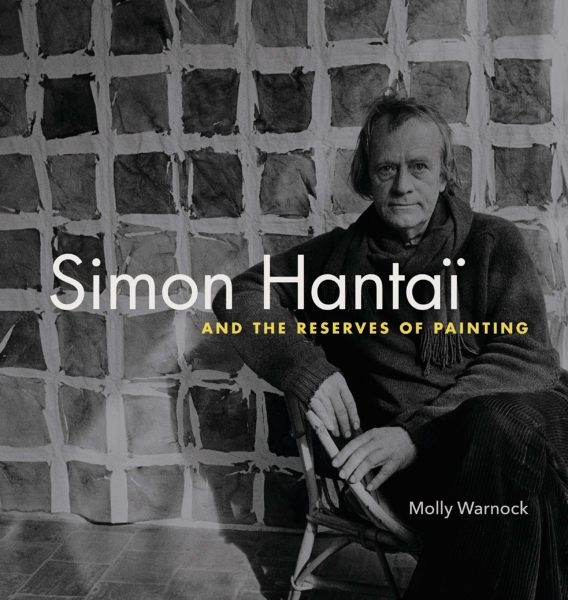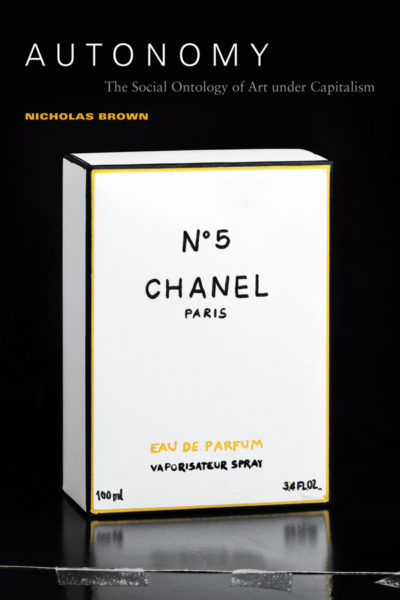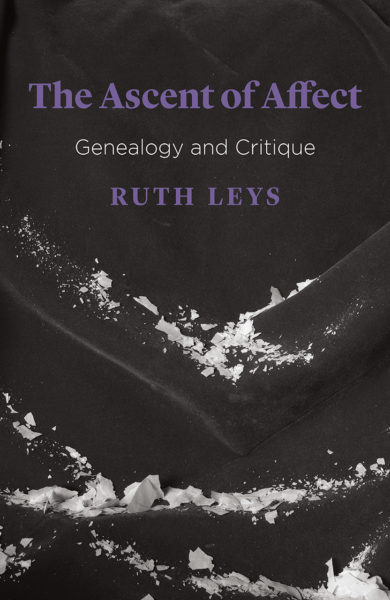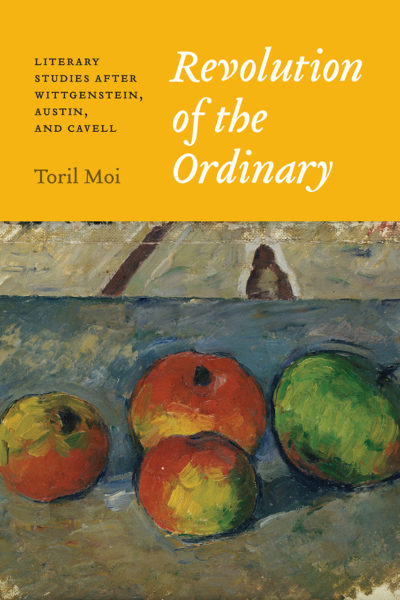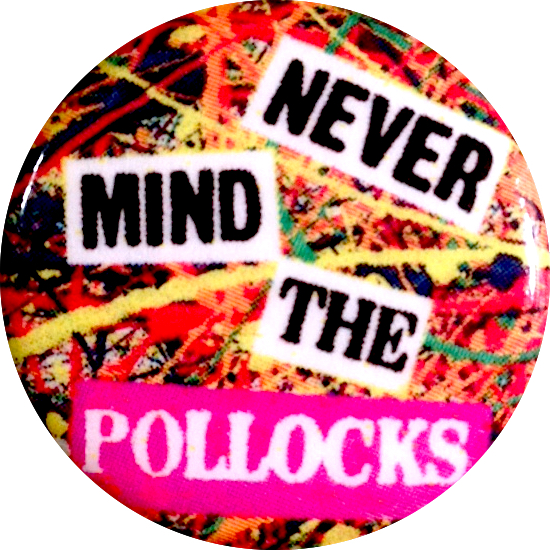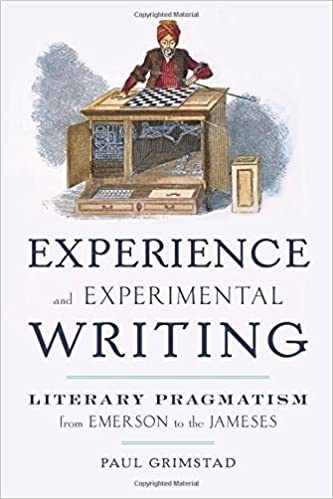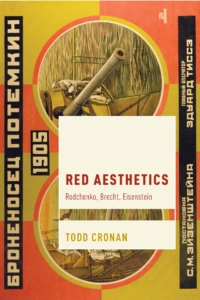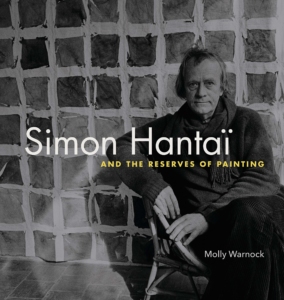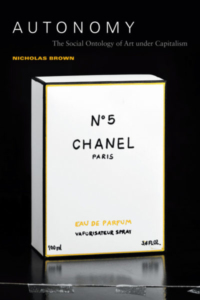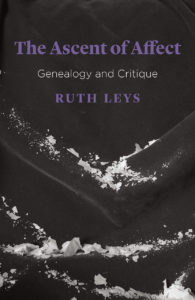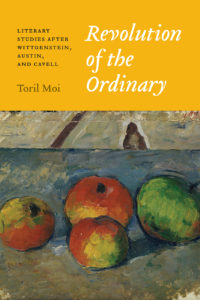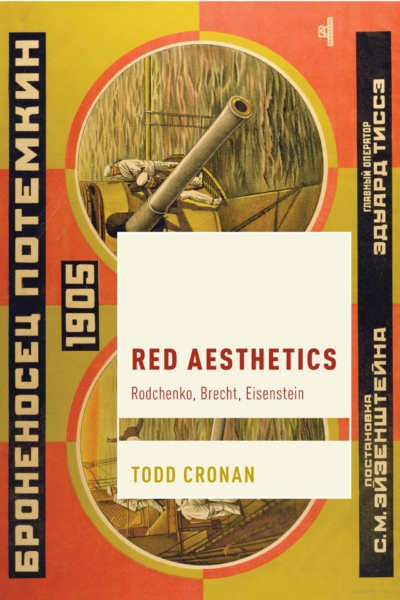
Red Aesthetics: Rodchenko, Brecht, Eisenstein
Abbas sees this musical Brecht as offering a fuller means of accessing the nature of fascism, an account that necessarily draws together “war, capital, and colony,” but also “patriarchy,” “supremacism” and the “colonializing … discourse of the expert,” what she also calls “knowledge systems of colonial and capitalist modernity.” Abbas warns the reader against the urge to “separate” these terms as these “systems are contained within each other,” so that for Abbas, addressing one is addressing the others. This is, I argue, a classically “inaccurate” picture of capitalism.

